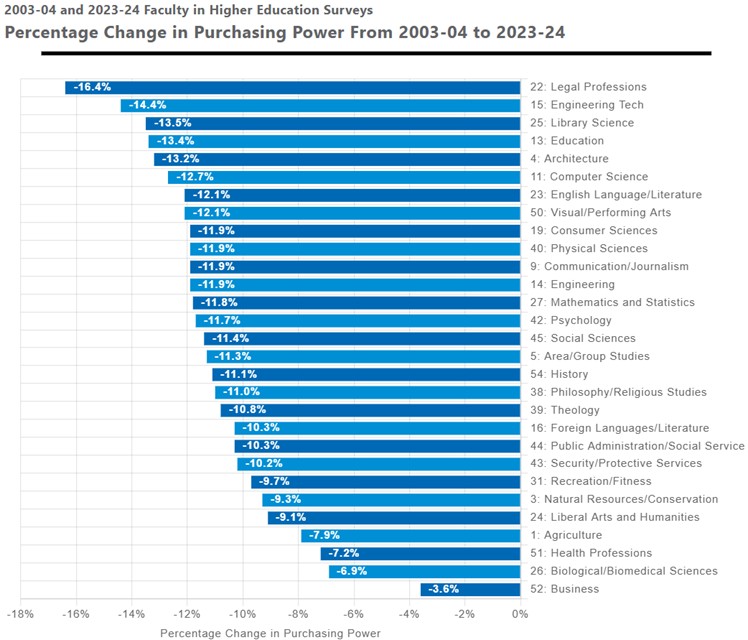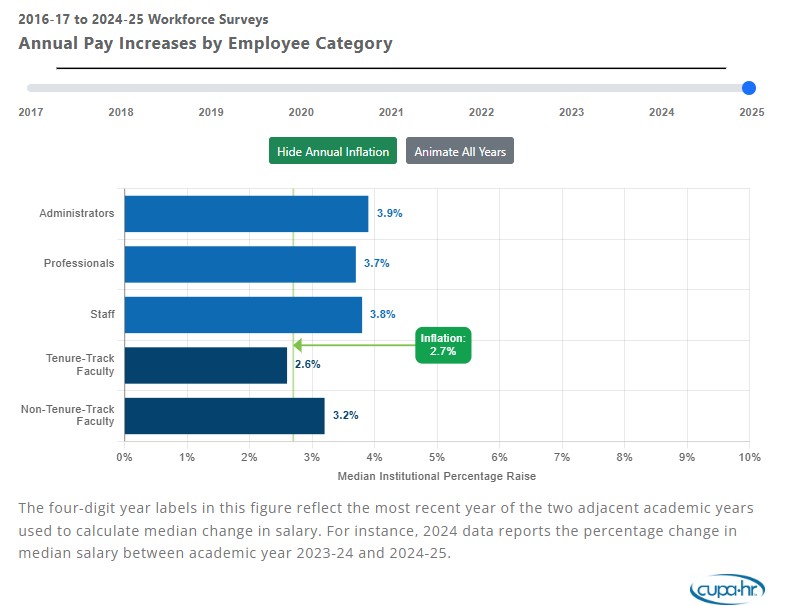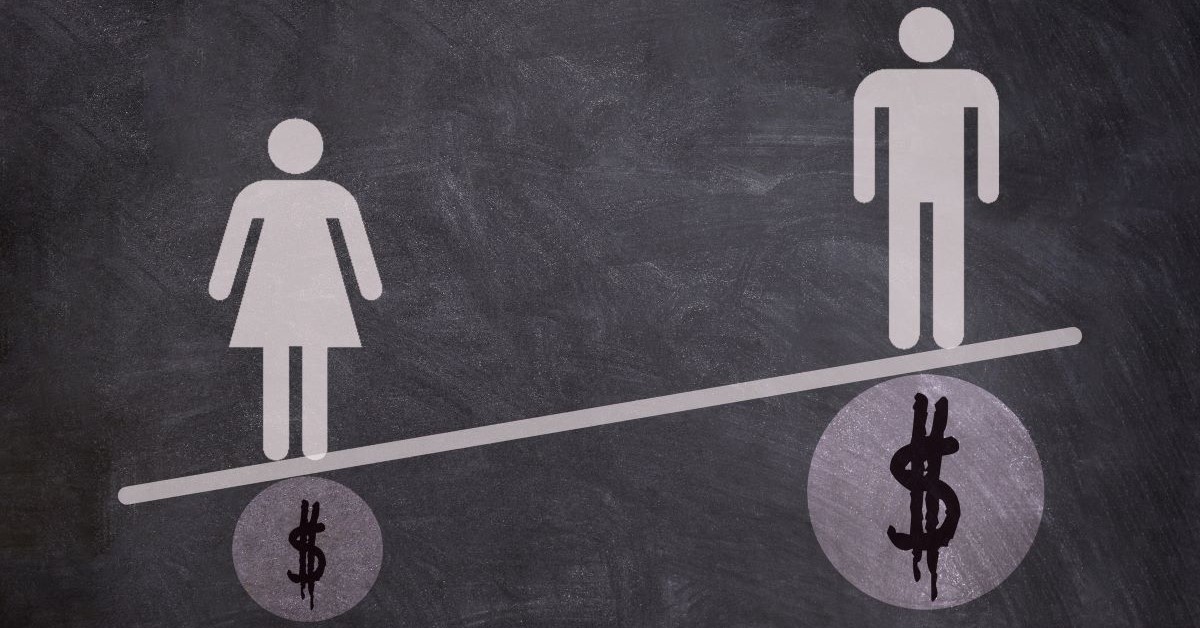by Christy Williams | March 5, 2025
Since 1996, the National Committee on Pay Equity has acknowledged Equal Pay Day to bring awareness to the gap between men’s and women’s wages. This year, Equal Pay Day is March 25 — symbolizing how far into the year women must work to be paid what men were paid in the previous year.
To help higher ed leaders understand, communicate and address gender pay equity in higher education, CUPA-HR has analyzed its annual workforce data to establish Higher Education Equal Pay Days for 2025. Tailored to the higher ed workforce, these dates observe the gender pay gap by marking how long into 2025 women in higher ed must work to make what White men in higher ed earned the previous year.
Higher Education Equal Pay Day falls on March 8, 2025, for women overall, which means that women employees in higher education worked for more than two months into this year to gain parity with their White male colleagues. Women in the higher ed workforce are paid on average just 82 cents for every dollar a White man employed in higher ed makes.
Highlighting some positive momentum during this Women’s History Month, some groups of women are closer to gaining pay equity. Asian American women in higher ed worked only a few days into this year to achieve parity on January 4 — an encouraging jump from January 14 in 2024.
But the gender pay gap remains for most women, and particularly for women of color. Here’s the breakdown of the gender pay gap in the higher ed workforce, and the Higher Education Equal Pay Day for each group.* These dates remind us of the work we have ahead.
- March 8 — Women in Higher Education Equal Pay Day. On average, women employees in higher education are paid 82 cents on the dollar.
- January 4 — Asian Women in Higher Education Equal Pay Day. Asian women in higher ed are paid 99 cents on the dollar.
- March 5 — White Women in Higher Education Equal Pay Day. White women in higher ed are paid 83 cents on the dollar.
- March 29 — Native Hawaiian/Pacific Islander Women in Higher Education Equal Pay Day. Native of Hawaii or Pacific Islander women in higher ed are paid 76 cents on the dollar.
- April 4 — Black Women in Higher Education Equal Pay Day. Black women in higher ed are paid 75 cents on the dollar.
- April 11 — Hispanic/Latina Women in Higher Education Equal Pay Day. Hispanic/Latina women in higher ed are paid 73 cents on the dollar.
- April 24 — Native American/Alaska Native Women in Higher Education Equal Pay Day. Native American/Alaska Native women are paid just 69 cents on the dollar.
CUPA-HR research shows that pay disparities exist across employment sectors in higher ed — administrators, faculty, professionals and staff — even as the representation of women and people of color has steadily increased. But with voluntary turnover still not back to pre-pandemic levels, not addressing pay disparities could be costly.
CUPA-HR Resources for Higher Education Equal Pay Days
As we observe Women’s History Month and Higher Education Equal Pay Days for women, we’re reminded that the quest for equal pay is far from over. But data-driven analysis with the assistance of CUPA-HR research can support your work to create a more equitable future.
CUPA-HR’s interactive graphics track the gender and racial composition of the higher ed workforce, based on data from CUPA-HR’s signature surveys. The following pay equity analyses control for position, indicating that any wage gaps present are not explained by the fact that women or people of color may have greater representation in lower-paying positions:
*Data Source: 2024-25 CUPA-HR Administrators, Faculty, Professionals, and Staff in Higher Education Surveys. Drawn from 707,859 men and women for whom race/ethnicity was known.
Share This Article:







